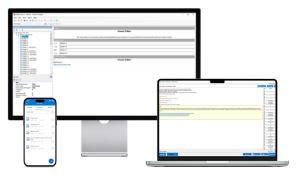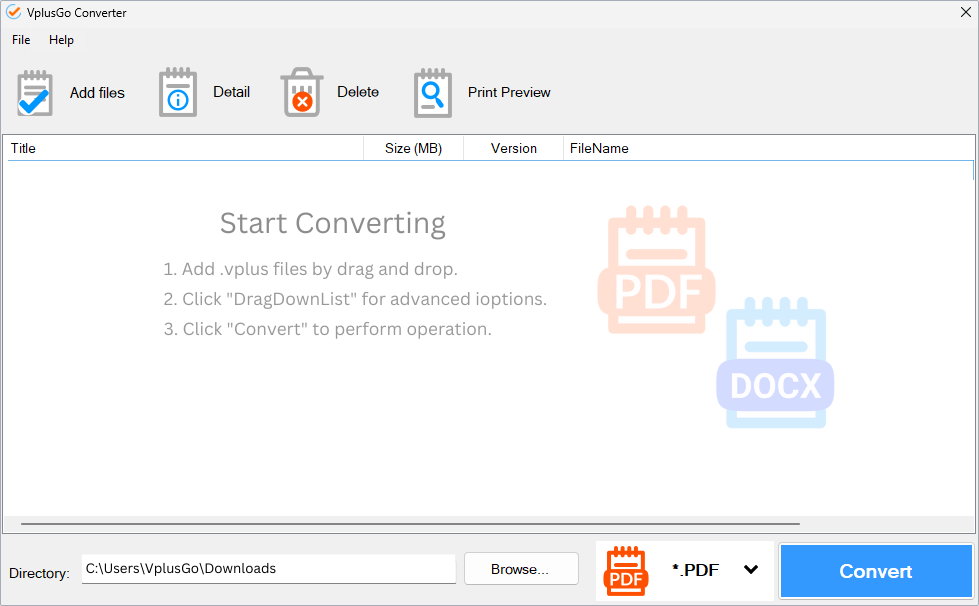5 Trends For The Data Center In 2015
Data centers have been growing increasingly important to the functions of the enterprise in recent years, and as a result the technologies and processes that run the data centers have rapidly evolved and changed. This year will be the biggest one yet for the data center industry, as there will be more demand for their product than ever before.
Below are five of the biggest trends ready to change the industry in 2015:
1) Artificial intelligence
As more and more companies make advances in artificial intelligence (AI) and machine learning, it is only a matter of time before those innovations make their way into data centers. Last year, Google made headlines when it announced that it was using machine learning through neural networks to optimize its data centers, even releasing awhite paper explaining the process.
Google primarily used its system to manage and optimize the data center operations, specifically the IT load, temperature, and proficiency of cooling equipment. All of this contributed to a more energy efficient data center, but AI could end up proving useful for other data center issues as it is further developed, such as automating certain drives for specific tasks and so on.
As more and more companies make advances in artificial intelligence (AI) and machine learning, it is only a matter of time before those innovations make their way into data centers. Last year, Google made headlines when it announced that it was using machine learning through neural networks to optimize its data centers, even releasing awhite paper explaining the process.
Google primarily used its system to manage and optimize the data center operations, specifically the IT load, temperature, and proficiency of cooling equipment. All of this contributed to a more energy efficient data center, but AI could end up proving useful for other data center issues as it is further developed, such as automating certain drives for specific tasks and so on.
2) AI finds the data center
A growing number of companies are making strides in the area of artificial intelligence and machine learning, and the next logical step for such technology is to utilize it in a data center. Google announced last year that it had started using machine learning via neural networks in order to optimize its computing facilities. In Google’s case, AI was used mainly to manage and optimize operations in the data center concerning IT load, temperature and the effectiveness of their cooling equipment and allowed the company to experience greater energy efficiency.
3) Shift to IPv6
As use of the Internet has increased dramatically throughout the last decade, options regarding addresses on the current version of Internet Protocol, IPv4, have been almost entirely exhausted. The addresses have run out and routing tables have grown too large, creating serious problems. IPv6 is intended to replace the existing protocol and alleviate the issue, though large scale adoption may still be a ways away.
Though it hasn’t arrived yet globally, IPv6 will have a major impact on the data center. Addresses for IPv6 are made up of eight groups of four hexadecimal numbers, each separated by colons. This type of grouping opens up a massive new set of possible IP addresses, but it will also likely have to be compatible with IPv4. Not only will the new version offer more addresses, it will also increase efficiency, improve security and provide new services support. U.S. adoption of the new version is currently around 14.5 percent, but that number will continue to grow in the coming years and data centers have to be ready.
4) Virtualization
Another IT constant that will continue to drive change in the data center is virtualization. The list of current benefits is long, including better testing, easier backups, and faster redeployments, among others. There are arguments about the viability of virtualization, especially regarding data reading from storage in virtual environments. However, new virtualization technologies are arriving every day to improve the performance of virtualization in the data center and make it a better option than it once was.
One of these innovations is that of the virtual storage area network (VSAN). Recently, VMware announced its Virtual SAN, or VSAN — a software-defined storage system built into the hypervisor. Virtualization tools, like VSAN, helps to increase flexibility in the data center, as well as helping with automation as well.
5) Cloud solutions
Yes, it is 2015 and we are still talking about the cloud. That’s because the cloud conversation is far from being over. While some companies went running toward the cloud, most approached it with reserve, because the pros and the cons of the cloud depend so heavily on the industry your enterprise is in.
For many, the hybrid cloud solution works well to balance the performance and simplicity of the public cloud with the security and stability of an on-premise data center. In addition to security concerns, cloud costs are still a barrier for some companies. As cloud solutions become more secure overall and continue to drop in price, we will likely see more moves to data centers that are primarily cloud-based.



